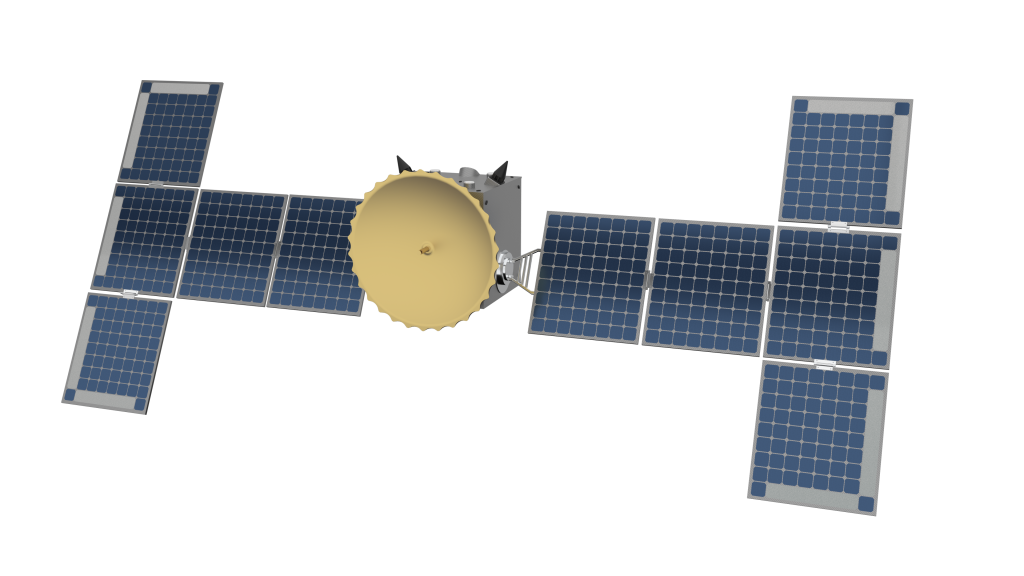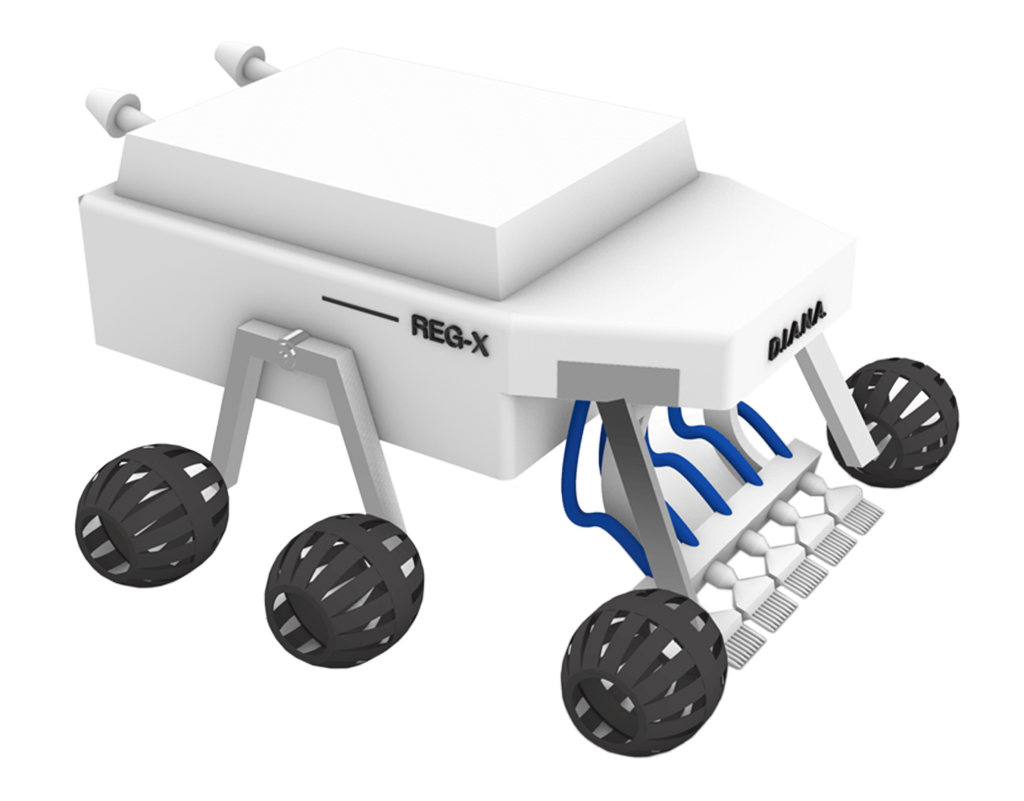
Our Journey in Space Research and Innovation
Pushing Boundaries Through Student-Led Human and Space Exploration Projects
We believe in the power of student-driven innovation to push the frontiers of space exploration. Through hands-on projects, collaboration, and a passion for discovery, our team is dedicated to advancing research in space and long-term astronautics. Together, we aim to shape the future of self-sustainable space technology and exploration.

DIANA
The Dedicated Infrastructure and Architecture for Near-Earth Astronautics (DIANA) project is a visionary design concept for a self-sustaining lunar village near the de Gerlache crater, located at the lunar South Pole. Planned for permanent habitation, DIANA aims to achieve independence from Earth resupply missions by exploiting cutting-edge technologies. The project focuses on in-situ resource utilization (ISRU), leveraging local resources like lunar regolith for construction and life support, thus reducing the need for Earth-based materials. DIANA also integrates advanced architectural designs to create modular habitats that support scientific research and long-term human presence. Through innovative solutions for resource extraction, transportation, and habitat development, the project is paving the way for a sustainable future on the Moon and beyond.

ZEUS
The ZEUS constellation represents a transformative leap in energy technology, designed to facilitate wireless power transfer from the Near-Rectilinear Halo Orbit (NRHO) to the lunar infrastructure. This innovative system is crucial for ensuring the survival of astronauts during the lunar night, which can last up to 14 Earth days, by providing a consistent energy supply year-round.
Utilizing a radio frequency approach at 48 GHz, ZEUS comprises a constellation of 500 satellites that collectively enable efficient power transfer of up to 160 kW in just 12 days. This advanced energy delivery system ensures that astronauts have the necessary power to meet their energy needs and support in-situ resource utilization (ISRU) activities. By providing a reliable and robust energy source, ZEUS paves the way for sustained human presence and exploration on the Moon, enhancing both safety and operational capabilities for future missions.

HERMES
The HERMES project represents a groundbreaking advancement in satellite technology, designed to establish a continuous communication link between the Dedicated Infrastructure and Architecture for Near-Earth Astronautics (DIANA) and Earth. This innovative satellite system enables astronauts to maintain vital connections with their families, fostering emotional well-being during long-duration missions. HERMES also plays a critical role in telemedicine, providing real-time medical support in the event of injuries or health emergencies while in space.
By utilizing state-of-the-art communication technology and strategically positioned satellites, HERMES ensures seamless data transmission, enabling astronauts to access medical advice and support without delay. The system enhances operational efficiency and safety, empowering astronauts to focus on their scientific endeavors while staying connected to their loved ones. As part of the broader DIANA initiative, HERMES exemplifies the commitment to creating a sustainable and supportive environment for human exploration of the Moon and beyond, reinforcing the importance of mental health and well-being in the journey to advance humanity’s presence in space.

LUNAR MAG-WAY
The Lunar Mag-Way is a sustainable transportation concept used for DIANA lunar base. It uses magnetic levitation technology based on diamagnetism to transport raw materials between the De’Gerlache Crater and DIANA location.

REG-X
The REG-X rover is an innovative lunar exploration vehicle designed to excavate regolith using the Venturi effect. This principle involves accelerating a flow of gas through a constricted space, creating a pressure differential that enables the efficient suction and transport of lunar soil. The rover’s system directs a stream of compressed gas through a nozzle, which loosens and lifts regolith into a collection chamber. This approach minimizes mechanical wear and energy consumption compared to traditional excavation methods. REG-X’s design is optimized for the lunar environment, where it can operate continuously to gather soil for in-situ resource utilization (ISRU) purposes, such as producing building materials or extracting oxygen. Its application of fluid dynamics to excavation presents a novel, low-impact solution for long-term lunar infrastructure development.

LUNARIS
The Lunaris is an advanced EVA spacesuit, that features a modular design with a helmet connected to the suit and a backpack module. The suit prioritizes mobility, reinforcement, and dexterity, allowing astronauts to perform complex EVAs with minimal energy expenditure and radiation exposure. Lunaris aims to enhance lunar exploration and astronaut safety and comfort.
